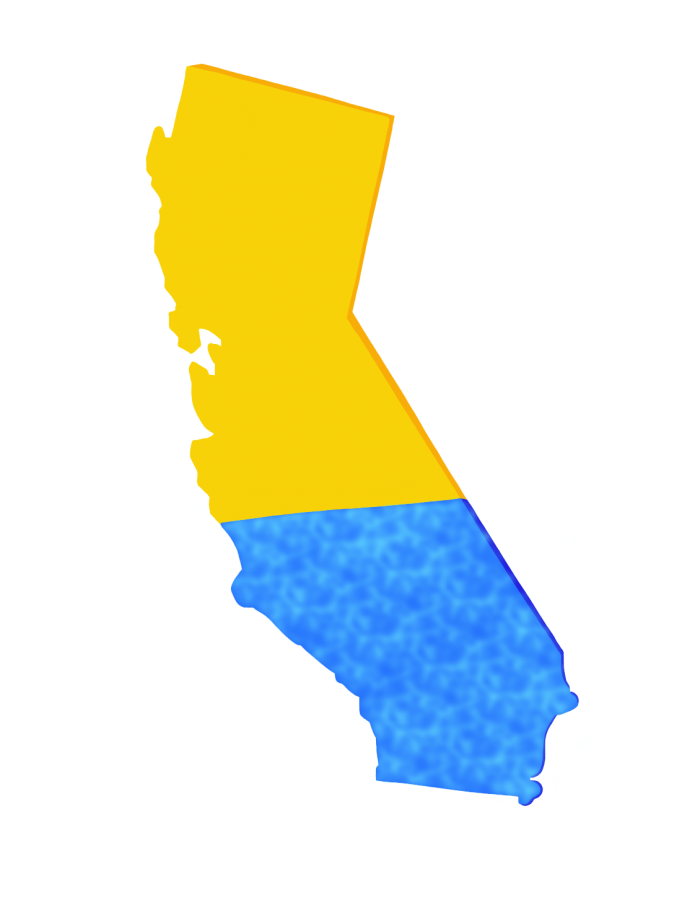Over the past two years, neighboring communities have been ravished by devastating wildfires. While Marin County has been relatively unharmed by these fires, it is important to understand that one day, our lovely green county could be engulfed in flames and even before then, the plummeting air quality could leave us and our relatives with chronic heart and lung disease. As the next generation, we need to understand how global warming has increased the likelihood of these fires.
Last year, fires tore through Sonoma and Santa Rosa devastating the community and infrastructure. Even today, they continue to rebuild what once was. While smoke from those fires filled the sky and resulted in the Tamalpais Union High School District canceling school for a day, many residents in Marin were only slightly inconvenienced.
This year, the Camp Fire in Butte County covered our skies with a gray smoke and left a burning sensation in our eyes, noses, and mouths.
One of the largest concerns of the effect of forest fires is the health problems that comes with smoke inhalation. Across the week of November 7, air quality hovered around 260-280 on the air quality index, which is listed as unhealthy to very unhealthy. Now the air quality stays at a fairly constant and healthy 30. The most deadly part of this smoke is the incredibly fine particles of burned plastic and other chemicals that can penetrate deep into the lungs and stay much longer after the air quality returns back to normal.
Not only have these fires impacted the air quality, but the land on which we live has been damaged as well. The Camp Fire burned through roughly 153,336 acres; one of the largest and most destructive wildfires in California history.
Making sure that everyone can properly protect themselves from smoke damage is not enough. We must address the root of our problems; we must change the way we combat global warming.
The mega-fires that burned last year and earlier this year are becoming the rule, when they should be the exception.
With an increase in global temperature, California specifically is facing harsh and long lasting droughts. As of December 2018, 61.4 percent of California will be considered in a state of ‘moderate drought.’ “Climate change has exacerbated naturally occurring droughts, and therefore fuels [wildfire] conditions,” Scientific American wrote back in 2016.
Climate change has impacted our rain cycles and weather patterns across the country. Drought, caused by low levels of rainfall in California, has contributed to an increase in dry brush, which burns easily and quickly. Global warming is a major factor behind these fires, but what is equally as concerning is our lack of preparedness in case of emergency.
If we, as a state and as a community do not start to understand the less obvious, long term effects of climate change, our children will live in a world where raging forest fires are nothing but seasonal. A world where faces must be covered by a mask.


